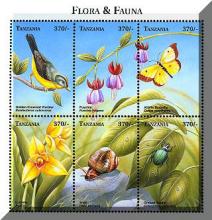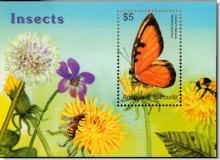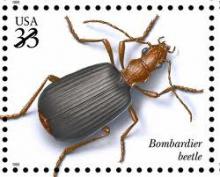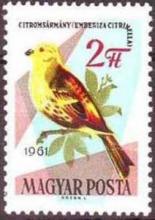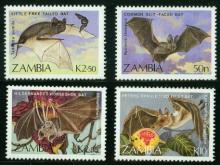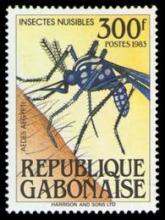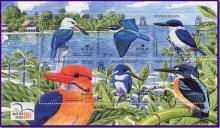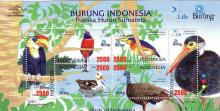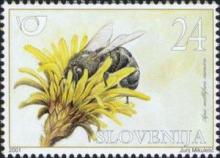The risk of neonicotinoid insecticides to honey bees increases exponentially over time
A very important shift may be occurring in our understanding of pesticides: risk may increase over time, rendering even very small amounts of pesticides such as some nicotine-based neonicotinoids much more toxic than previously realized. Dutch researcher Dr. Henk Tennekes, with Dr. Francisco Sanchez-Bayo of Australia, have shown this in a new article in the Journal of Environmental & Analytical Toxicology: "Time-Dependent Toxicity of Neonicotinoids and Other Toxicants: Implications for a New Approach to Risk Assessment" that is an open-access research article downloadable with the link http://www.omicsonline.org/2161-0525/2161-0525-S4-001.pdf. Dr. Tennekes summarizes his deep concerns: "The article reviews a paradigm shift in the science of toxicology. The dose : response characteristics of neonicotinoid insecticides and certain metallic compounds turn out to be identical to those of genotoxic carcinogens, the most dangerous substances we know. Such poisons can have detrimental effects at any concentration level. Current pesticide risk assessment procedures are flawed and have failed to protect the environment. Regulators so far appear to be unwilling to accept this inconvenient truth. The powerful pesticide lobby does not want to face up to it either because the adoption of new risk assessment procedures would almost certainly lead to a ban on the money-spinning neonicotinoids, which are registered in more than 100 countries worldwide for use on more than 140 crops. They also have widespread applications in non-crop, including nursery, landscape, forestry, pest control and veterinary applications. Neonicotinoids are persistent and mobile in the soil and leach to ground water, and runoff to surface waters. Insects are now quietly but rapidly disappearing all over the globe, which will ultimately lead to collapse of the ecosystem and life as we know it. This is an ecological disaster that will affect us all, and that must be stopped."

